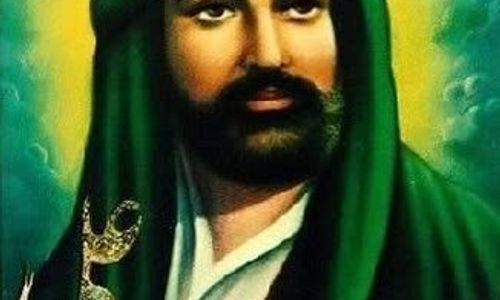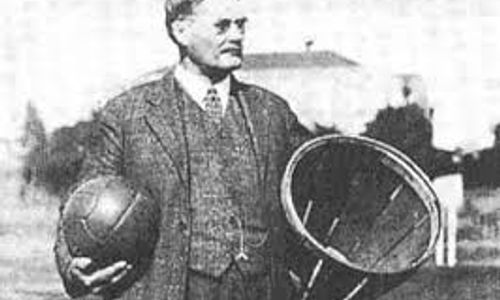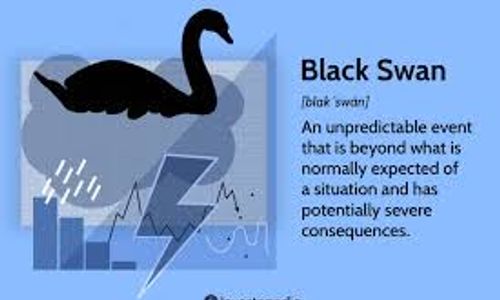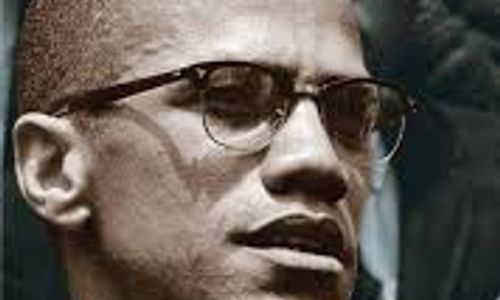PreviousNext
In the aftermath of flawed, violent national elections in the Democratic Republic of Congo (DRC; the Congo) in December 2023, severe clashes between the military and insurgents—most prominently, M23 and the Allied Democratic Forces (ADF)—continue in eastern DRC. M23 is a primarily ethnically Tutsi rebel group with ties to the Rwandan and Ugandan governments, while ADF is an ISIS-affiliated militia group; over one hundred nonstate armed groups are active in the region. Clashes dramatically increased in February 2024, provoking international outrage and desperate humanitarian conditions. Though the eastern regions of DRC are the most violent, political violence exacerbated by December’s elections has contributed to a national state of political disorder and insecurity. In October 2023, the UN announced that the number of internally displaced people in DRC had reached a record high of 6.9 million. The humanitarian disaster resulting from cyclical, violent conflict in the Congo, which has killed millions over the past three decades, continues to deepen.
Background
Since 1996, conflict in eastern DRC has led to approximately six million deaths. The First Congo War (1996–1997) began in the wake of the 1994 Rwandan Genocide, during which ethnic Hutu extremists killed an estimated one million minority ethnic Tutsis and moderate Hutus in Rwanda (DRC’s neighbor to the east). During and following the genocide, nearly two million Hutu refugees crossed the Congolese border, mostly settling in refugee camps in the North Kivu and South Kivu provinces. A small subset of those Rwandans who entered DRC were Hutu extremists who began organizing militias within the Congo. Pressure intensified as Tutsi militias organized against the Hutu groups and as foreign powers began taking sides.
Following the Rwandan Patriotic Front’s (RPF) victory against the genocidal Rwandan government, the new Tutsi-led government began its involvement in DRC (then known as The Republic of Zaire). Rwandan troops, under the leadership of President Paul Kagame, and Congo-based Tutsi militias with Rwandan backing launched an invasion of Zaire, which was ruled at the time by Dictator Mobutu Sese Seko. Kigali justified both efforts by arguing that Hutu groups in eastern DRC were still a threat to their Tutsi population and that the Mobutu regime was harboring Hutu extremists who had fled across the border. Rwanda waged the First Congo War against Zaire with the help of other African states (most significantly Uganda, but also Angola and Burundi), who had their own security concerns related to Mobutu’s support of rebel groups across the continent. The Rwandan coalition’s invasion was coordinated with the help of Zaire’s then-opposition leader, Laurent Kabila. Thousands died; some casualties were former Hutu militants and members of armed groups, but many were refugees and non-combatant Congolese in North and South Kivu, in eastern DRC. Methods of warfare were brutal, especially those employed by Rwandan soldiers and Tutsi groups. The Kabila-Kagame coalition won the First Congo War in 1997 when Mobutu fled Kinshasa. Kabila was installed as president of Zaire and changed the country’s name back to The Democratic Republic of Congo.
In 1998, the Second Congo War broke out following the deterioration of relations between Kigali and Kinshasa. In an attempt to diminish the impression that Rwanda held undue influence over the Congolese government, Kabila denied claims that Rwanda had been responsible for winning the war and placing him in power. Kabila also began removing ethnic Tutsis from his government and took measures to weaken Rwanda’s military presence in eastern DRC. By the late 1990s, it was becoming clear to the world that targeted campaigns against Hutu populations during the First Congo War (mostly led by Kagame’s army) amounted to war crimes, a growing international consensus that reflected poorly on the fledgling Kabila regime.
In a reversal of alliances, Kabila ordered all foreign troops out of the Congo and allowed Hutu armed groups to organize at the border once again. Rwanda responded by invading in 1998. Kigali’s stated aim was to create a zone in the DRC-Rwanda borderlands controlled by its own troops in order to create more distance from Hutu groups in eastern DRC. Congolese forces supported by Angola (which also reversed alliances following the ascent of Laurent Kabila), Namibia, and Zimbabwe fought the Rwandan, Ugandan, and Burundi militaries, as well as various rebel groups supported by Kigali and Kampala. Amidst the chaos of war, Laurent Kabila was assassinated in a 2001 coup attempt planned by his own aides and guards. Those involved were imprisoned, and Kabila’s son, Joseph Kabila, took power. The Second Congo War was formally brought to a close under the junior Kabila in 2002, and while estimates vary greatly, the death toll of the Second Congo War and the associated humanitarian disaster may have reached over three million people by 2004.
Between 2002 and 2003, Rwanda, Uganda, and DRC began implementing a set of peace agreements that authorized a transitional government in Kinshasa led by Joseph Kabila. Despite these agreements, the establishment of truth and reconciliation commissions, and the presence of a renewed UN peacekeeping force, unrest and clashes persisted in eastern DRC. Joseph Kabila was formally inaugurated following a long-awaited popular election in 2006.
One of the most prominent rebel groups to emerge in the early 2000s was known as the March 23 Movement (M23), made up primarily of ethnic Tutsis. Between 2012 and 2013, M23 became an undeniable force in eastern DRC, and Kinshasa accused Kigali of backing the group. In 2013, The UN Security Council authorized a rare offensive brigade under the mandate of the UN Organization Stabilization Mission in the DRC (MONUSCO) to support the Congolese army in its fight against M23. MONUSCO was effective in its support of the Congolese army, and M23 called off its initial campaign in 2013. Evidence of Rwanda’s support for M23 caused lasting damage to the Kigali-Kinshasa relationship.
Other flashpoints have arisen over the past two decades in states on the Congo-Rwanda border, such as Ituri, most often involving ethnic and militant groups with contestations going back to the Congo Wars. The 21st century brought one more complication to peace efforts in the Democratic Republic of Congo: the proliferation of mining operations. DRC is home to some of the world’s largest reserves of metals and rare earth minerals used to produce advanced electronics. As the world has become more reliant than ever on cobalt, copper, zinc, and other minerals, local and external groups have become more incentivized to get involved in the Congolese conflict.
Reference: https://www.cfr.org/global-conflict-tracker








